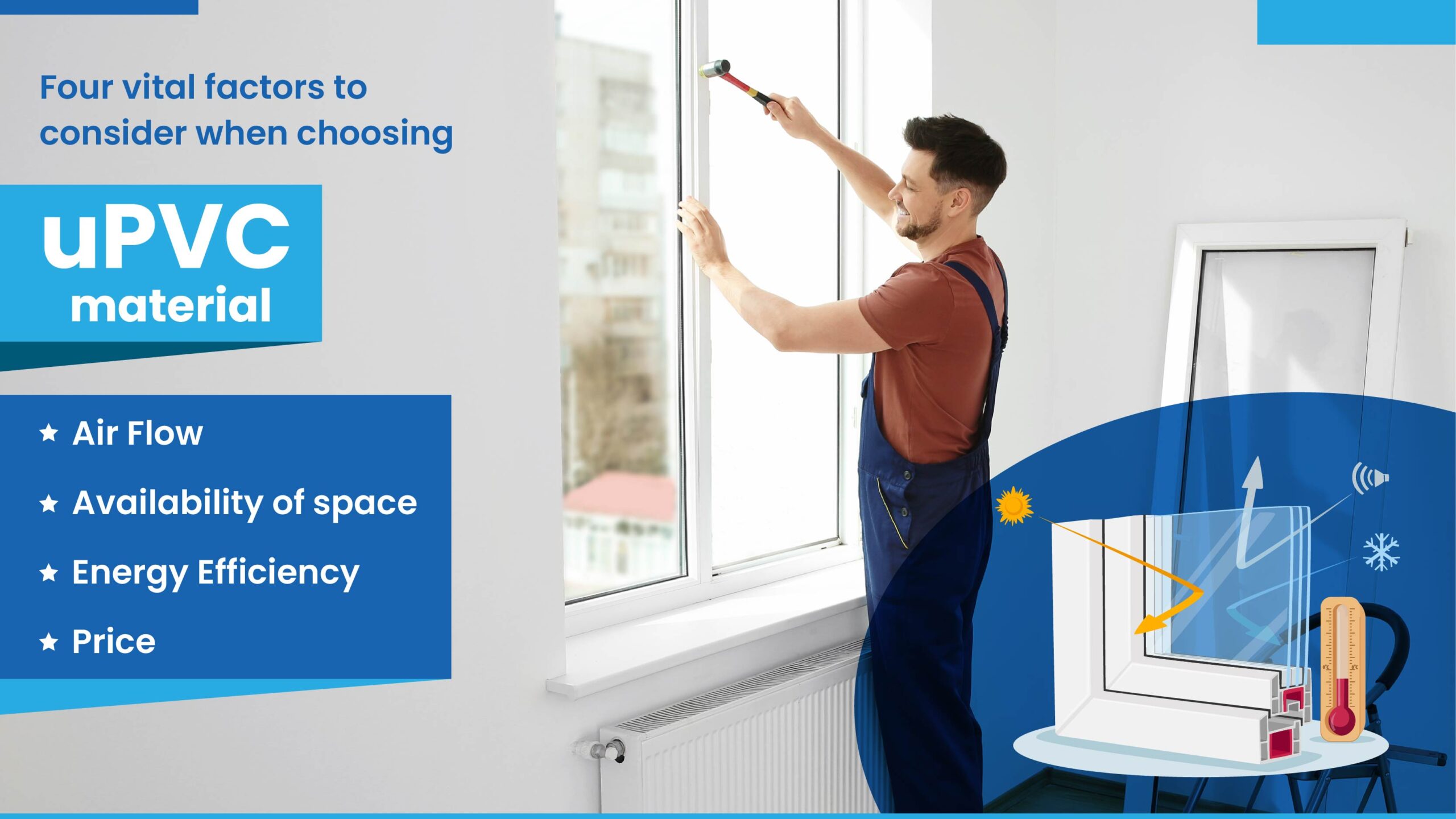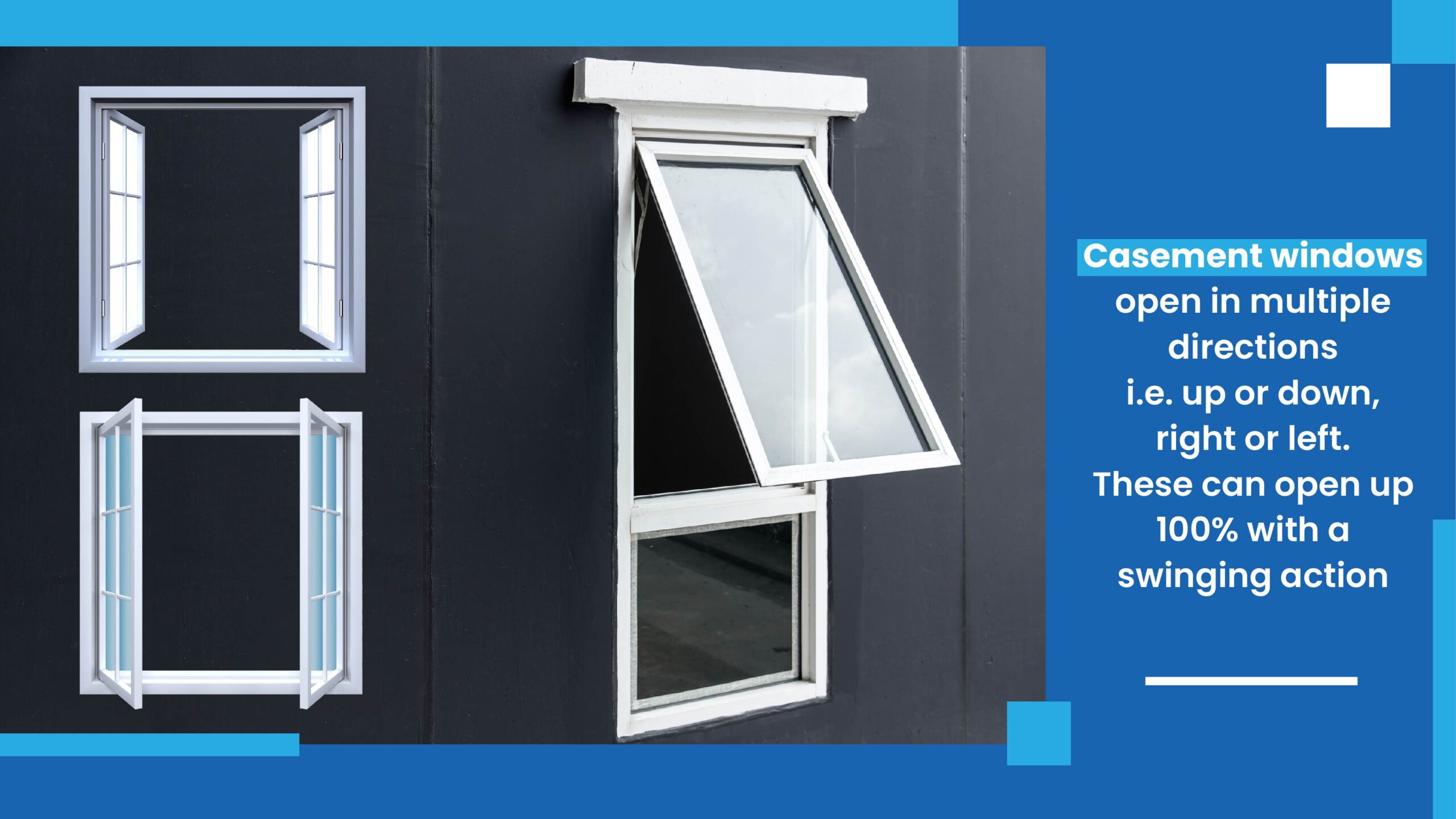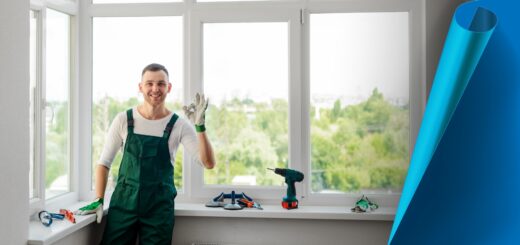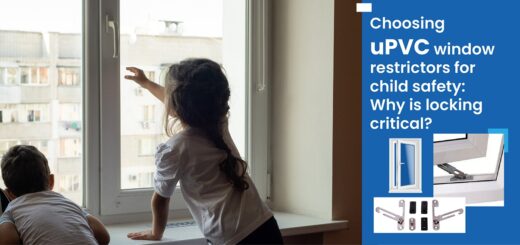Understanding the Difference Between uPVC Sliding Windows and Casement Windows
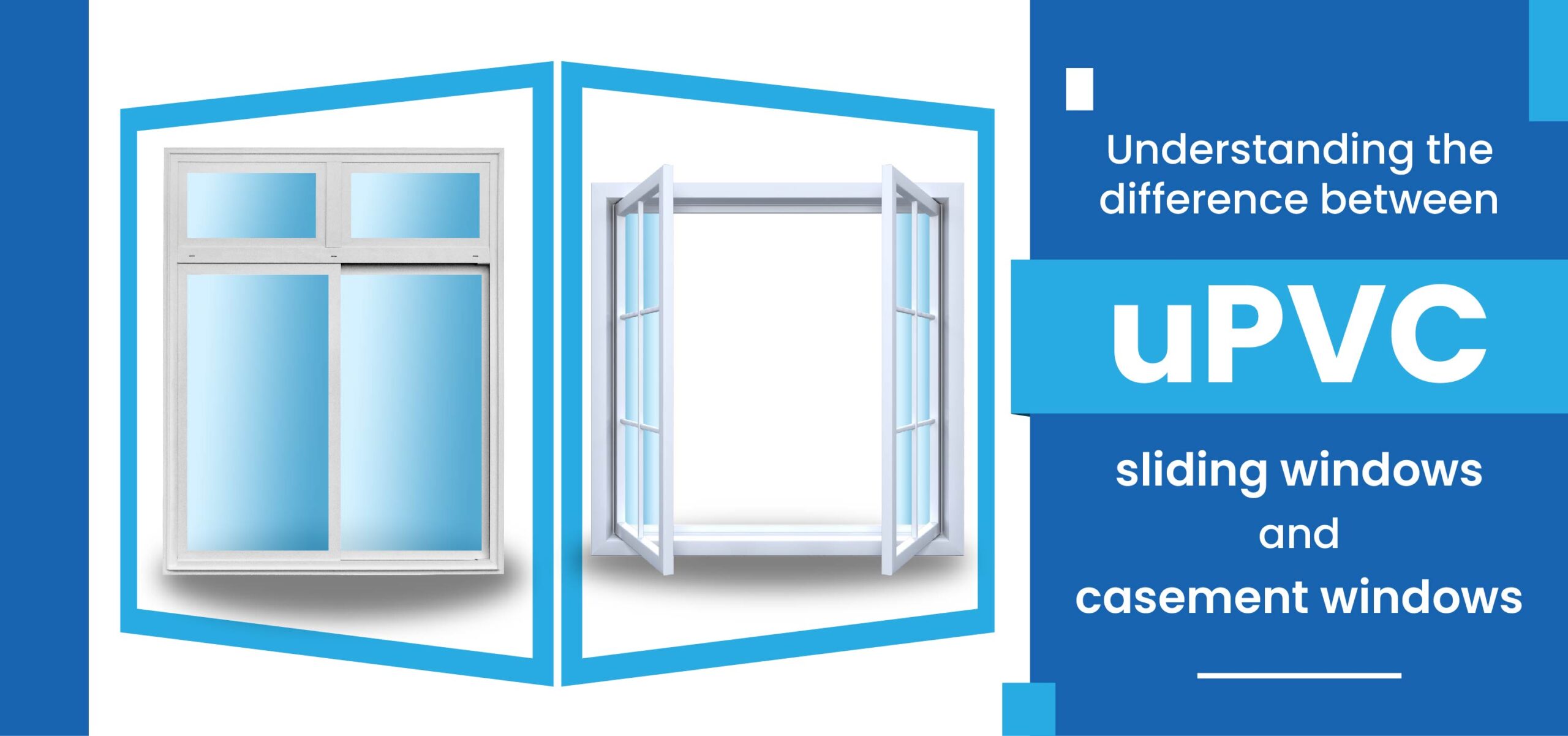
Windows are now available in various styles and designs. The two most common types are sliding and casement. However, for the homeowner it is difficult to make a choice unless they are familiar with the attributes of both. Does one fit in with the overall design and décor in the premises? What is the cost analysis of the two? What about the air flow, ventilation and other aspects that help to make a decision? Does uPVC make a large difference? Casement Window Vs Sliding Window can be tough.
As a leading and prominent uPVC profiles Manufacturer in India, VEKA offers the clarifications required. Although both alternatives are excellent choices, which one is for you? We will focus on the core benefits of both types.
This post clarifies the differences through images and content to enable you to make an informed decision.
Four vital factors to consider when choosing uPVC material:
- Air Flow
- Availability of space
- Energy Efficiency
- Price
Sliding Window
The sliding window opens in two directions. However, it opens up in half and is restricted in the motion. If the space is limited then this option is ideal. It can be pushed open on the sliding rail. With a flexible opening point, it does not take up too much space outside or inside the area. A well-sealed sliding type is economical for different rooms.
If you are thinking of contacting a uPVC Sliding Windows Manufacturer in India, choose VEKA. Our factory has the workforce and knowledge to create the type of uPVC windows which can suit your location, home and budget.
Casement window
Casement windows open in multiple directions i.e. up or down, right or left. These can open up 100% with a swinging action. Due to its versatile movement, it is perfect for large areas. Performance wise it offers better sunlight, ventilation and fresh air. If installed in a sea-facing home or an area where the wind load speed is high, it offers intrinsic value. It is resistant to pressure of winds and with correct sealing they remain strong for a long time.
As an experienced casement windows manufacturer in India, VEKA customizes the style to suit the home.
Sliding Windows Vs Casement Windows- Pros and Cons
Sliding Windows
Pros:
- Extremely easy to open. The mechanism to move them is simple and dysfunction is very rare.
- Economical alternatives to other styles.
- Easy to maintain.
- Since they use limited space, one can decide how much it should be opened.
- It offers privacy levels.
Cons:
- Not considered very energy efficient in nature. But with uPVC material the problem can be reduced.
- Lesser insulation for sound & heat compared to Casement system.
- Not suitable for very high wind loads.
- Difficult to customize due to limited space.
Casement Windows
Pros:
- In large and luxurious homes, they enhance the appeal of a space.
- They can be customized in any size and shape.
- Many frames are available to suit the homeowner.
- Offer better energy proficiency & thereby cost savings over its entire life cycle.
- When closed the tight sealing is a booster.
- Being versatile in nature, they offer better ventilation.
- Available adjacent panes add beauty to it.
- Highly secure with no lock break ins.
- Maintaining them is easy.
Cons:
- If they are open for long and unattended, they could be a safety hazard, but with special hardware the risks can be reduced
- Expensive compared to sliding but the extra cost you pay can be recovered within a year
Hopefully, this information will enable you to understand the physical differences between the two major window styles. By talking to our experts, you can also decide what quality to look for in the next home renovation project.
